
Even Ultra-Endurance Athletes Need a Little HIT
You might never sprint during an Ironman or ultra-running race, but that doesn’t mean you can’t benefit from some HIT.

You might never sprint during an Ironman or ultra-running race, but that doesn’t mean you can’t benefit from some HIT.
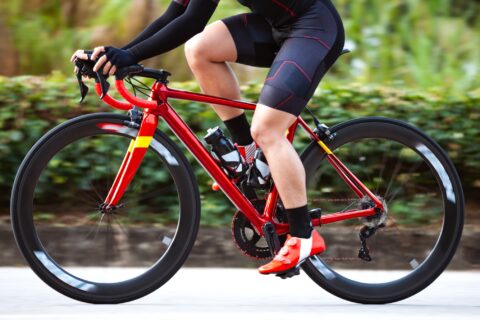
There’s conflicting and inconclusive evidence on how to properly treat IT band syndrome. We break down some of these common treatments so you can get back to your sport better than before.
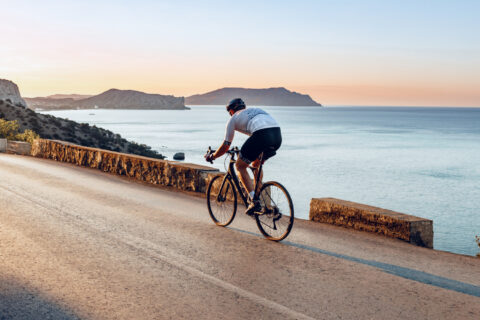
These 5 sets of 5 minutes are a favorite of coach Stephen Hyde and allow the rider to train in different scenarios leading up to race day.
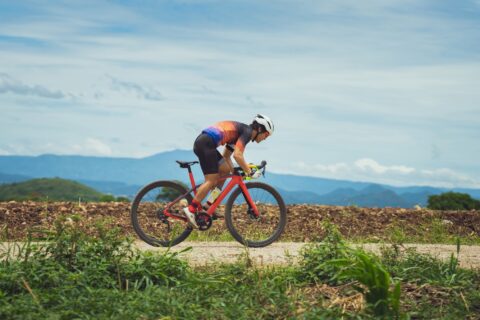
We explore how to effectively and efficiently train for ultra-endurance events on limited time.

An athlete’s rate of perceived exertion, or RPE, is one of the most underappreciated metrics. For ultra-athletes who are closely in touch with their bodies and minds, working with RPE is an essential component to training and racing.
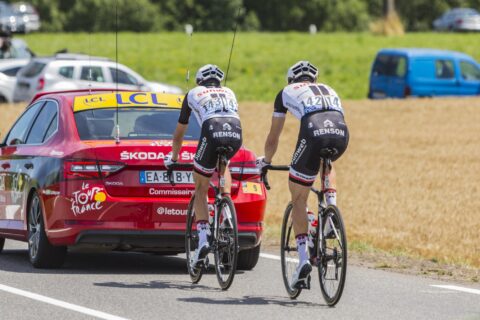
Use motor pacing—purposeful riding behind a scooter, moped, or e-bike—to add race-specific intensity into your training while working on skills and confidence at higher speeds.
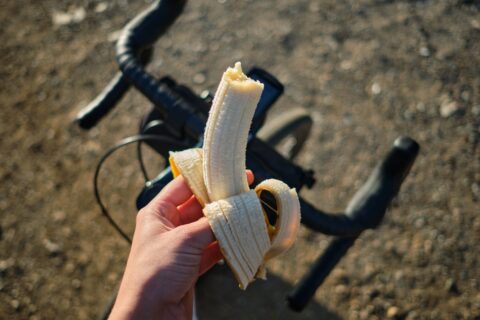
For years we have been told to load up on carbs prior to an event, yet eat very little during competition. Recent research has shown that athletes can ingest more carbohydrate during training and competitions than previously thought.

Increasing your mileage may also lead to an increase in knee pain. Learn about runner’s knee and how you can alleviate your pain at home.
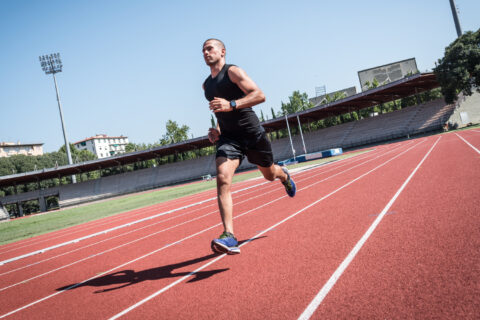
Call them whatever you wish, but the concept is the same: breaking longer blocks of high-intensity work up with frequent, short rest breaks.
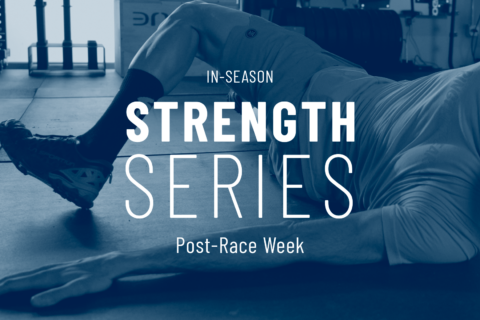
Recover from your competition with these mobility exercises.
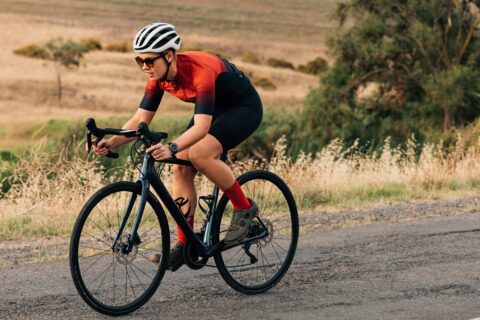
Keep your heart rate consistently high with a serving of short stacks, then maintain power with a side of over-unders.
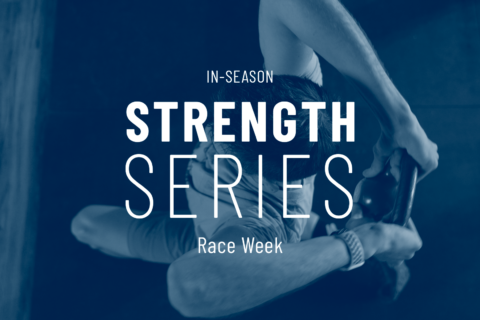
Perform this strength workout during your race week to keep your muscles activated and primed for the race.
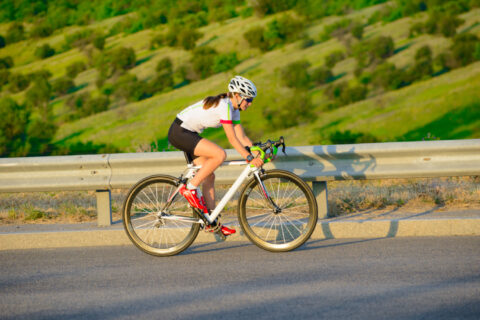
This workout develops in-saddle horsepower and force as well as improved pedaling mechanics, technique, and efficiency.
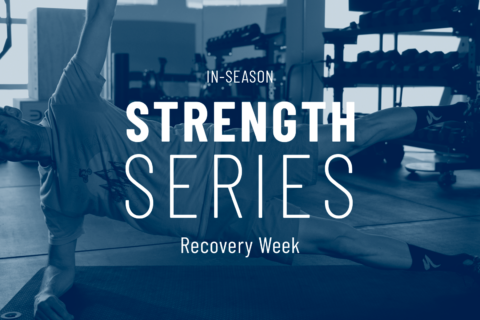
These exercises will keep the body moving and blood flowing during your in-season rest weeks.

Use this workout to build confidence in speed for your next 10K.
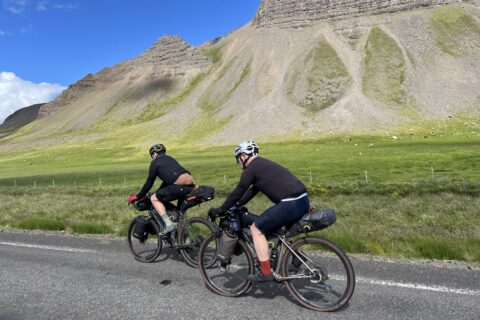
The challenge of consuming calories on the go, day after day is one of the most difficult to overcome. We spoke with several ultra-cycling veterans to learn their strategies.
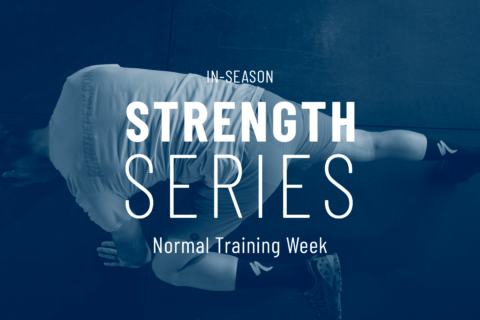
This session is meant to support a normal in-season training week, lifting heavier weights once a week to complement other sport-specific training.
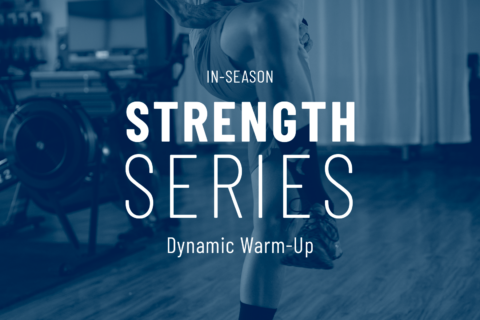
Use this warm-up routine before every in-season strength training workout.